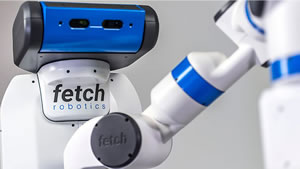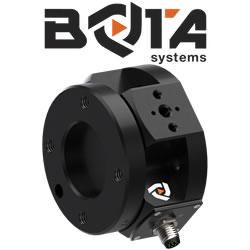There's a huge opportunity in robotics for early career computer scientists
 Greg Nichols for ZDNet: There's a major roadblock to deeper market penetration of enterprise robotics, and a new generation of early career computer scientists and more seasoned software engineers may hold the answer.
Greg Nichols for ZDNet: There's a major roadblock to deeper market penetration of enterprise robotics, and a new generation of early career computer scientists and more seasoned software engineers may hold the answer.
I recently had a chance to speak with Maya Cakmak, assistant professor at the University of Washington, Computer Science & Engineering Department, where she directs the Human-Centered Robotics Lab.
Professor Cakmak's research centers on human-machine interaction, and in particular programming by demonstration (PbD).
To understand PbD, consider collaborative robots from companies like ABB and Kuka. The units consist of articulated arms that can be programmed to help workers do a variety of things, such as pick and place objects, test devices and components, and perform simple but precise manufacturing tasks.
So-called "cobots" are relatively inexpensive and operate alongside humans, and many of the use cases involve small- to mid-sized businesses. That should be huge for adoption, but the dam hasn't broken just yet.
The reason is that programming a robot is no easy task, which presents challenges when it comes to deployment. That's particularly true of small- and mid-sized businesses, which are unlikely to have a qualified roboticist onboard. As robots become more complex, capable, and sensor-rich, the problem will only compound. Full Article:
Comments (0)
This post does not have any comments. Be the first to leave a comment below.
Featured Product

